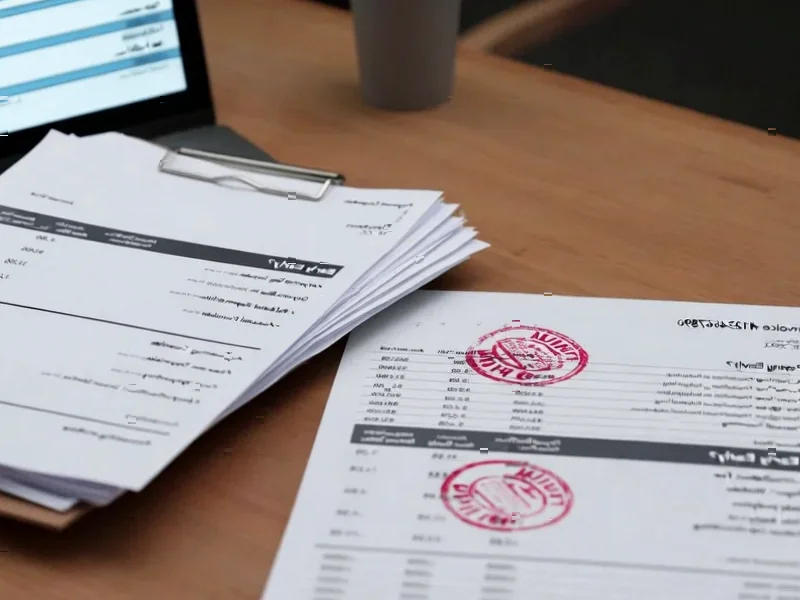According to IGN, United States Patent and Trademark Office director John A. Squires—a Donald Trump nominee who only took office in September 2024—has personally ordered a reexamination of Nintendo’s controversial “summon character and let it fight” Pokémon patent. The patent in question, number 12,403,397, was granted without objection in September despite covering mechanics found in countless other games like Persona, Digimon, and even Elden Ring. IP expert Florian Mueller had previously stated Nintendo “should never” have received this patent, while video game patent lawyer Kirk Sigmon told PC Gamer the claims were “in no way allowable.” Director Squires determined that “substantial new questions of patentability have arisen” after reviewing two older patent applications—one from Konami in 2002 and another from Nintendo itself in 2019—as prior art references. Nintendo now has two months to respond to what Mueller calls a move that “further undermines the credibility” of Nintendo’s patent assertions against Pocketpair’s Palworld.
<h2 id="patent-problems”>This Was Always a Problematic Patent
Look, this patent was controversial from day one. The ‘397 patent basically describes summoning characters and having them fight automatically or manually depending on whether enemies are present. But here’s the thing—that describes half the RPGs released in the last twenty years. When IP experts immediately called it out as unallowable, that should’ve been a red flag. The patent system isn’t supposed to grant protection for game mechanics that are essentially industry standards.
And this isn’t even Nintendo‘s first patent setback in the Palworld battle. Last month, the Japan Patent Office rejected another Nintendo monster capture patent for lacking originality—citing games like ARK (2015), Monster Hunter 4 (2013), and even Pocketpair’s own Craftopia (2020). Basically, Nintendo keeps trying to patent mechanics that were already widespread in the gaming world.
Nintendo’s Legal Strategy Is Unraveling
What’s really interesting here is the timing. All three of Nintendo’s main patents in the Japanese case were filed in 2024—after Palworld came out—but they’re derived from earlier 2021 patents. So it seems like Nintendo saw Palworld’s success and specifically crafted divisional patents to target the game. That’s pretty aggressive legal maneuvering.
But the strategy appears to be backfiring. Pocketpair has already made changes to disputed mechanics—removing the Pokéball-like throwing animation for summoning Pals and changing how gliding works. And now with the USPTO director personally intervening, Nintendo’s patent portfolio is looking increasingly shaky. When the head of the patent office takes the rare step of ordering reexamination himself, that’s not a good sign for Nintendo’s case.
What Happens Now?
Mueller thinks it’s “highly likely” the USPTO will ultimately revoke Nintendo’s patent entirely. And he believes it’s “ever more likely that Nintendo will lose” the broader legal battle. All eyes are now on Presiding Judge Motoyuki Nakashima at the Tokyo District Court, with decisions expected next year.
Meanwhile, Pocketpair seems genuinely surprised by the whole situation. Their communications director said the lawsuit “came as a shock” and was “something that no one even considered.” That’s either remarkably naive or suggests they genuinely didn’t see their game mechanics as infringing. Given how many games use similar summon-and-fight systems, you can understand their confusion.
The public outrage that apparently prompted this reexamination shows how closely the gaming community is watching this case. When you try to patent something as fundamental as summoning characters to fight, you’re basically claiming ownership of a genre. That never ends well.




